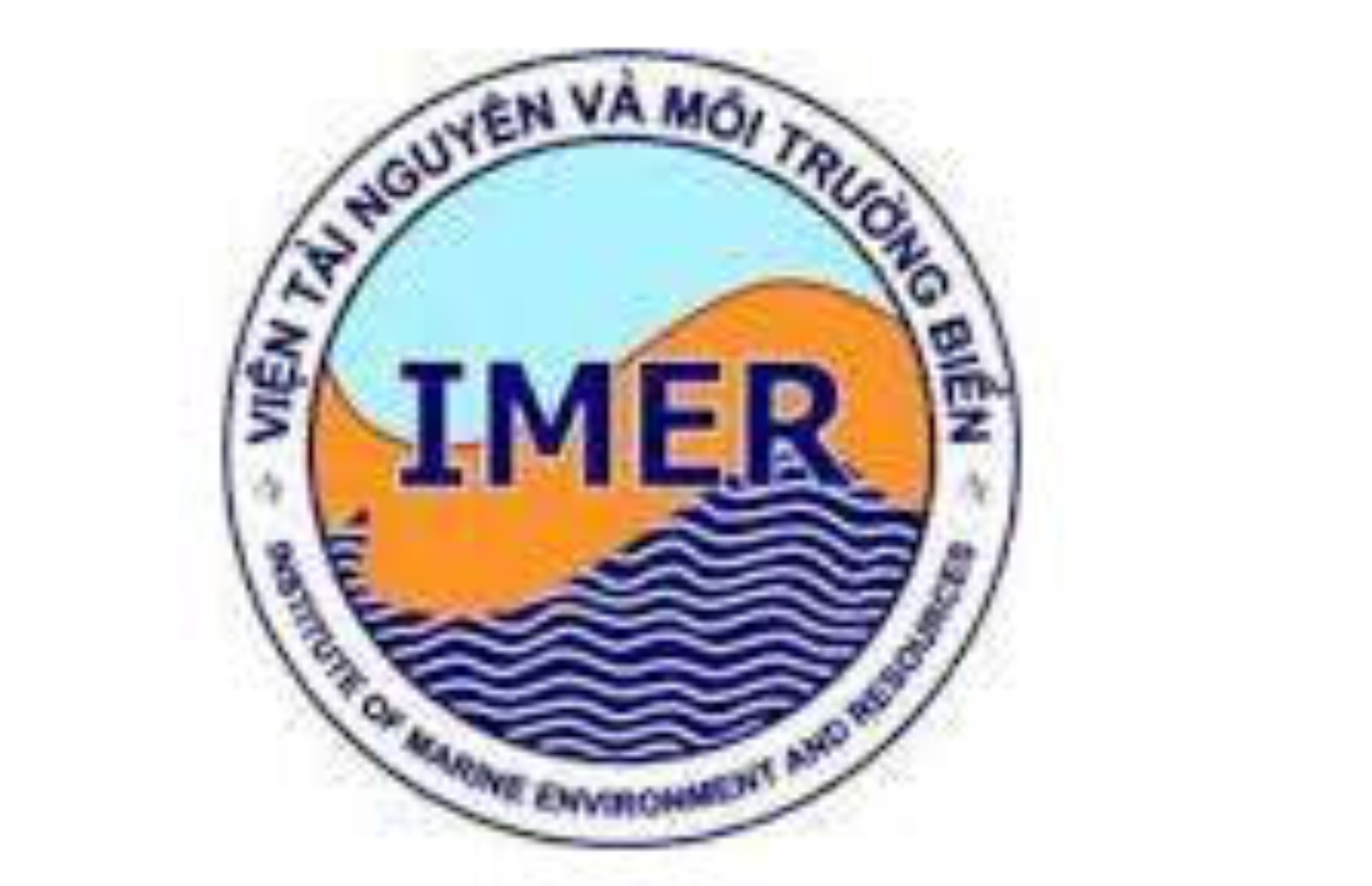Preliminary study on chemical mechanism of decrease of tetrodotoxin content in ovaries of a puffer fish Lagocephalus inermis (Temminck & Schlegel, 1850) fermented with rice bran
Author affiliations
DOI:
https://doi.org/10.15625/1859-3097/19/1/10742Keywords:
4, 9-anhydrotetrodotoxin, fermentation, Lagocephalus inermis, ovaries, rice bran, tetrodotoxin.Abstract
Tetrodotoxins in salted and fermented ovaries with rice bran of a puffer fish Lagocephalus inermis (Temminck & Schlegel, 1850) during five months were determined by high-performance liquid chromatography with fluorometric detector (HPLC- FLD). The analysed results showed that the original ovaries contained only tetrodotoxin with content of 7.59 µg/g fresh weight. 4,9-Anhydrotetrodotoxin - an isomer which is less toxic than tetrodotoxin has been found in all ovary samples since the second month. Tetrodotoxin in the ovaries disappeared in the 4th month of the experiment. In addition, 4,9-anhydrotetrodotoxin level in ovaries increased during fermentation. The present study contributes to clarifying the chemical mechanism of decreasing tetrodotoxin content in fermented ovary of puffer fish.Downloads
Metrics
References
Nguyễn Hữu Phụng, 1999. Danh mục các loài cá biển Việt Nam. Tập 5. Nxb. Nông nghiệp.
![]()
Noguch, T., and Arakawa, O., 2008. Tetrodotoxin–distribution and accumulation in aquatic organisms, and cases of human intoxication. Marine drugs, 6(2), 220–242.
![]()
Đào Việt Hà và Shigeru Sato, 2013. Độc tính tetrodotoxin trong sản phẩm nước mắm chế biến từ cá nóc độc Chấm Cam Torquigener gloerfelti. Tạp chí Khoa học và Công nghệ biển 13(3), 263–267.
![]()
Ozawa, C., 1983. Toxicity of puffer roe pickled in rice-bran. Food Hygiene and Safety Science (Shokuhin Eiseigaku Zasshi), 24(3), 258–262.
![]()
Ozawa, C., 1986. Sodium bicarbonate-accelerated detoxification of puffer [Takifugu porphyreus] ovaries during pickled product processing. Bulletin of the Japanese Society of Scientific Fisheries (Japan).
![]()
Kobayashi, T., Okuzumi, M., and Fujii, T., 1995. Microflora of fermented puffer fish ovaries in rice-bran “fugunoko nukazuke”. Fisheries science, 61(2), 291–295.
![]()
Kobayashi, T., Kimura, B., and Fujii, T., 2003. Possibility of toxin declination by microbiological metabolism during manufacture of puffer fish ovaries fermented with rice bran. Bulletin of the Japanese Society of Scientific Fisheries (Japan), 69, 782–786.
![]()
Kobayashi, T., Nagashima, Y., Kimura, B., and Fujii, T., 2004. Mechanism of the decrease of tetrodotoxin activity in modified seawater medium. Shokuhin eiseigaku zasshi. Journal of the Food Hygienic Society of Japan, 45(2), 76–80.
![]()
Anraku, K., Nonaka, K., Yamaga, T., Yamamoto, T., Shin, M. C., Wakita, M., Hamamoto, A., and Akaike, N., 2013. Removal of toxin (tetrodotoxin) from puffer ovary by traditional fermentation. Toxins, 5(1), 193–202.
![]()
Nakamura, M., and Yasumoto, T., 1985. Tetrodotoxin derivatives in puffer fish. Toxicon, 23(2), 271–276.
![]()
Zhang, X., Huang, X., and Lin, W., 2012. Stable pharmaceutical composition of freeze-dried tetrodotoxin powder. U.S. Patent No 8,124,608.
![]()
Hoàng Văn Tuấn, Phạm Hương Sơn, Nguyễn Thị Hiền, Nguyễn Thị Lài, 2013. Nghiên cứu ảnh hưởng của dịch chiết cám gạo đến hoạt tính của vi khuẩn Probiotics. Tạp chí Sinh học, 35, 195–199.
![]()
Randall, J. M., Sayre, R. N., Schultz, W. G., Fong, R. Y., Mossman, A. P., Tribelhorn, R. E., and Saunders, R. M., 1985. Rice bran stabilization by extrusion cooking for extraction of edible oil. Journal of Food Science, 50(2), 361–364.
![]()
Yotsu, M., Endo, A., and Yasumoto, T., 1989. An improved tetrodotoxin analyzer. Agricultural and biological chemistry, 53(3), 893–895.
![]()
Pires Jr, O. R., Sebben, A., Schwartz, E. F., Largura, S. W., Bloch Jr, C., Morales, R. A., and Schwartz, C. A., 2002. Occurrence of tetrodotoxin and its analogues in the Brazilian frog Brachycephalus ephippium (Anura: Brachycephalidae). Toxicon, 40(6), 761–766.
![]()
Noguchi, T., Ali, A. E., Arakawa, O., Miyazawa, K., Kanoh, S., Shida, Y., Nishio, S., and Hashimoto, K., 1991. Tetrodonic acid-like substance; a possible precursor of tetrodotoxin. Toxicon, 29(7), 845–855.
![]()
Llewellyn, L. E., and Endean, R., 1989. Toxins extracted from Australian specimens of the crab, Eriphia sebana (Xanthidae). Toxicon, 27(5), 579–586.
![]()
Simpson, L. L. (Ed.), 2012. Neuropoisons: Their Pathophysiological Actions. Springer Science & Business Media. 347 p.
![]()









